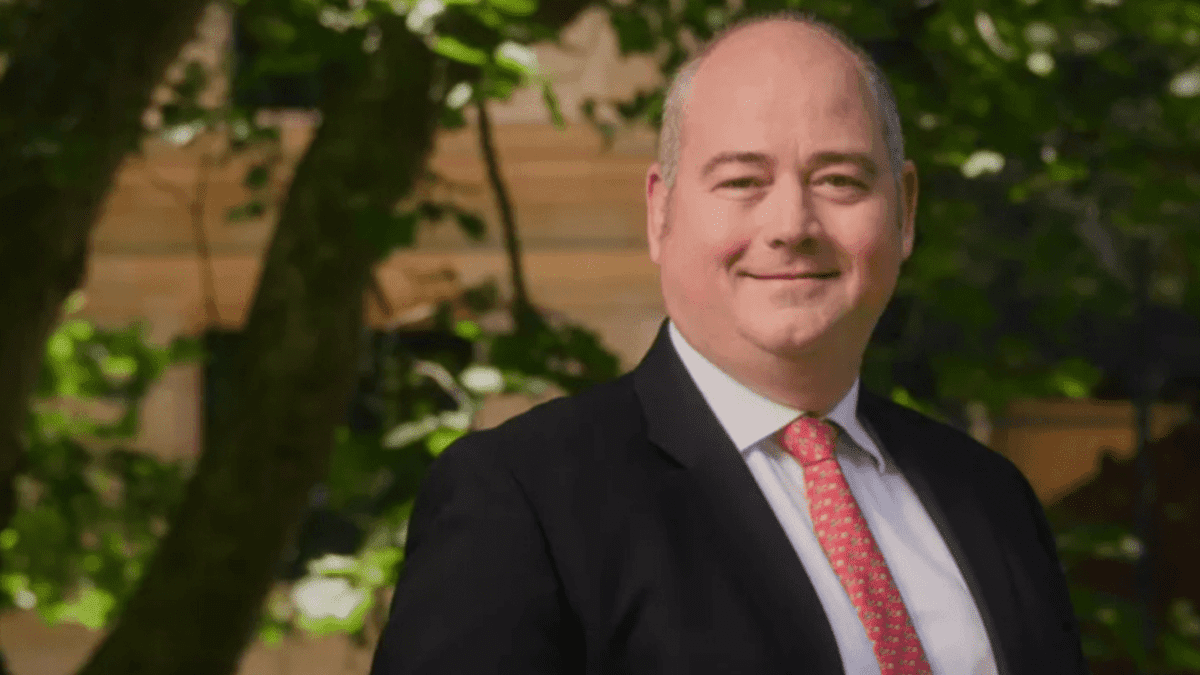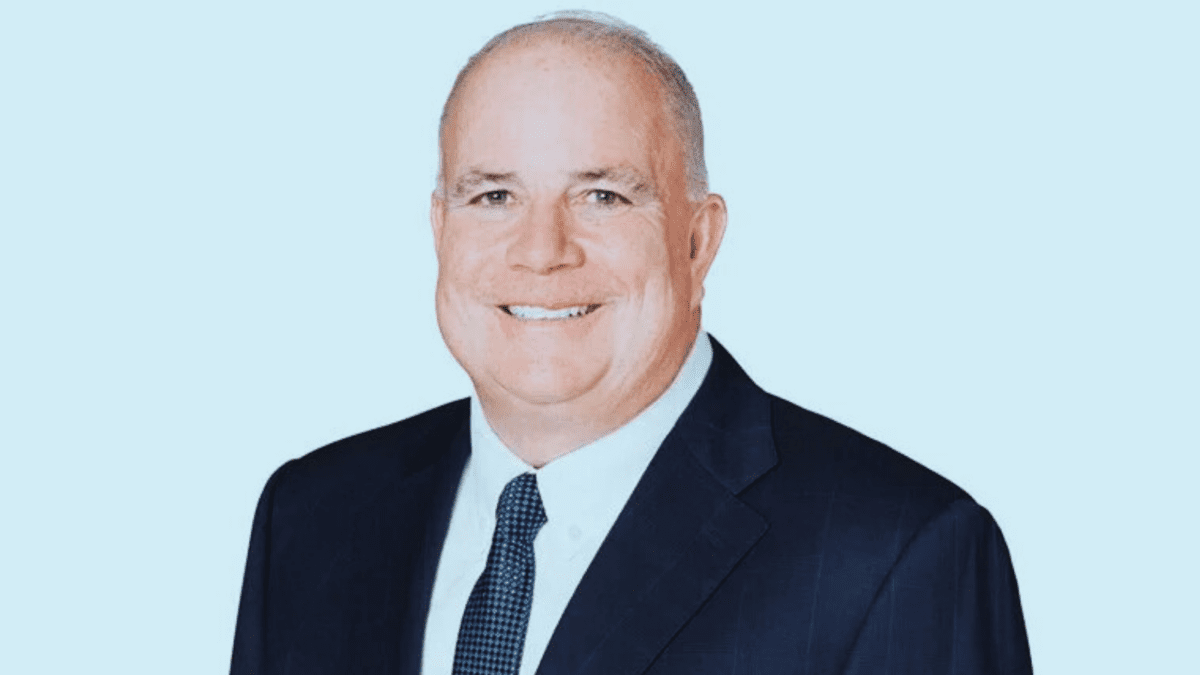NAB’s frothy payout ignores the flat earnings numbers
National Australia Bank (ASX:NAB) has given its shareholders some early Christmas cheer when it delivered them a final dividend of 85 cents a share, fully franked, for the financial year to September 30, 2024.
It meant the total payout for the 2024 financial year was $1.69 a share, a slight increase from the $1.67 in the previous corresponding period, generating a payout ratio for cash earnings of 73.7 per cent (up from 70.6 per cent the previous year), aligning with NAB’s target range of between 65 per cent and 75 per cent.
This slight uptick in the payout was despite cash earnings declining by 8.1 per cent year-over-year to $7.1 billion – a strong reflection of the bank’s determination to generate consistent returns for shareholders even as the bank navigates tightening margins and rising operational expenses.
The higher payout also came despite the 6.1 per cent fall in the net profit to $7.0 billion compared with financial 2023.
Andrew Irvine, NAB chief executive officer, emphasised the bank’s steady performance and shareholder focus when announcing the 2024 results.
“Our 2024 performance – the share price was risen 39 per cent in the past 12 months to close at $38.80 on Tuesday – has benefitted from focused execution of our strategy and a more stable operating environment over the second half of the year. These strong foundations will see us well placed to deliver continued sustainable growth and attractive shareholder returns over time.”
NAB’s solid capital position underpins its shareholder value, with a common equity tier 1 (CET1) capital ratio of 12.35 per cent, up 13 basis points from last year. This improvement is particularly notable considering NAB’s share buyback activity that saw $2.1 billion worth of shares repurchased in 2024.
Adjusting for these buybacks, the proforma CET1 ratio stands at 12.21 per cent, further strengthening NAB’s balance sheet. By maintaining a CET1 ratio above the industry requirement, NAB continues to enhance financial stability while creating a cushion for future dividends and share buybacks.
The bank’s net interest margin decreased slightly, from 1.74 per cent to 1.71 per cent, driven by competitive pressures in home lending and increased term deposit costs. However, higher earnings on deposits and capital due to elevated interest rates partially offset these factors.
Although reduced margins present challenges, NAB’s efficient capital management and disciplined portfolio growth have allowed the bank to maintain sustainable earnings and secure shareholder returns.
To ensure continued value generation, NAB has invested in key growth areas and efficiency improvements. Total investment spending rose 4.1 per cent to $1.64 billion, with significant funds allocated toward technology modernisation, regulatory compliance and customer experience enhancements. These investments are designed to streamline operations, reduce future costs and enhance digital capabilities, contributing to sustained long-term value for shareholders.
On the economic front, Irvine said growth in Australia had been weak, in part due to the adjustment by households to higher interest rates and cost of living pressures.
“While the first half of 2024 will likely mark the trough in real GDP growth, the pick-up in growth from there is expected to be gradual with one per cent forecast this year and around 2.25 per cent over 2025 and 2026.
“Easing inflation, tax cuts and energy subsidies will all help put households in a better position through the second half of 2024, but early indications on how this affects consumption and economic growth are mixed, with some of the benefit likely to be saved initially. Weak growth will also feed into labour demand with the unemployment rate forecast to rise a little further before stabilising around 4.5 per cent.”
The bank expected credit growth to slow to about 4.5 per cent over 2025 and 2026. While moderating inflationary pressures were encouraging, this was happening gradually meaning cash rate cuts were unlikely before February 2025, Irvine said. “The pace at which inflation slows, and the extent of labour market adjustments, remain key to the outlook including the path of monetary policy.”











